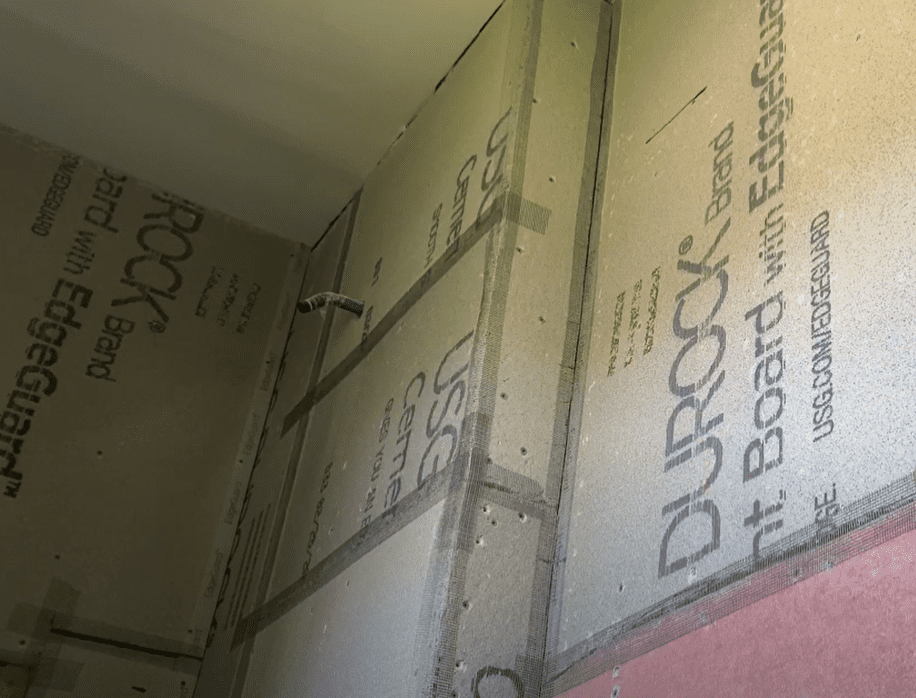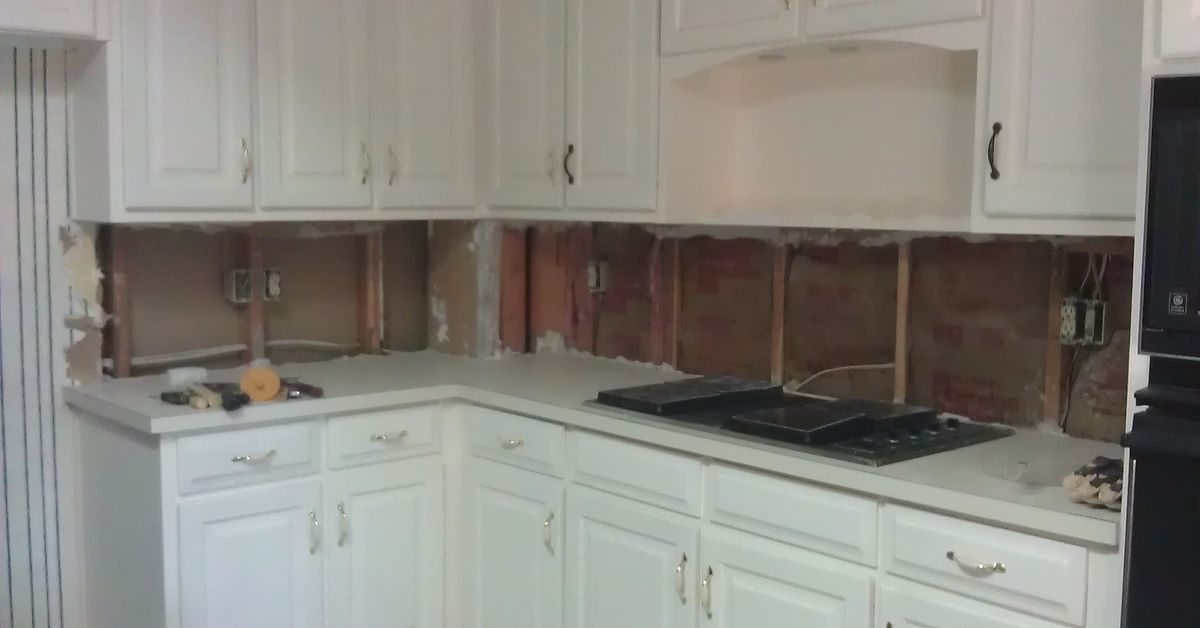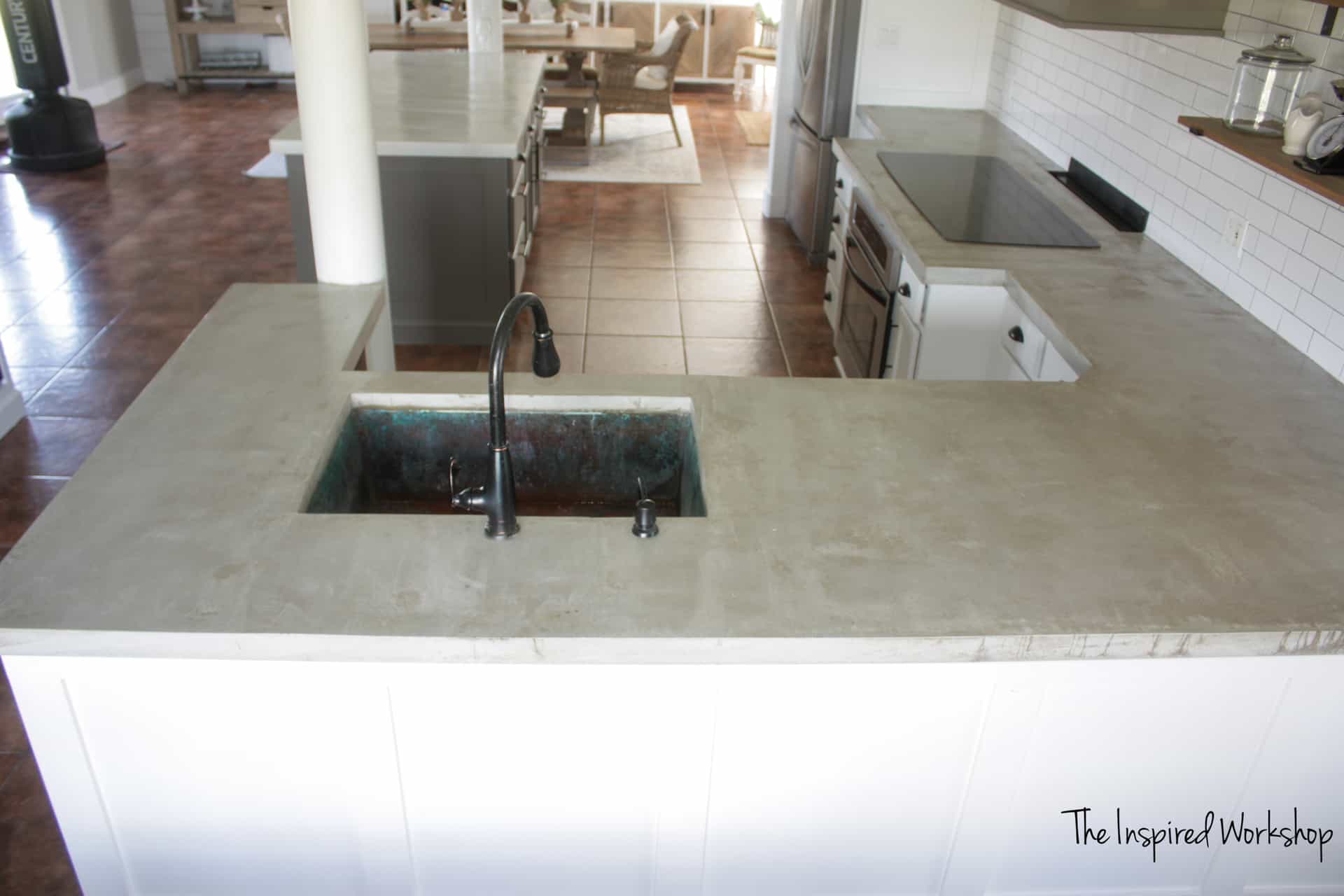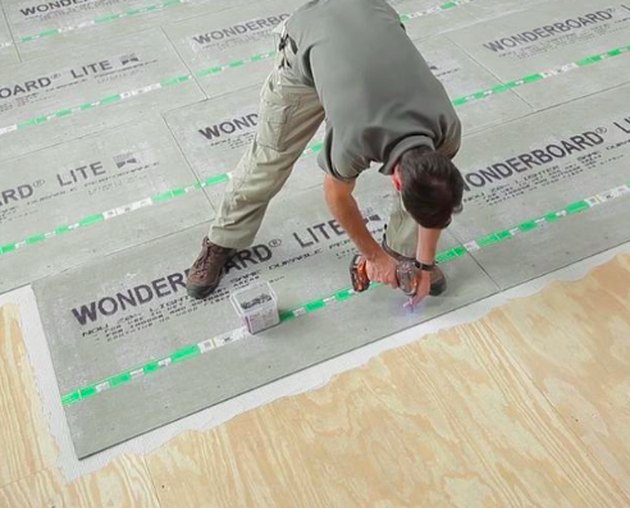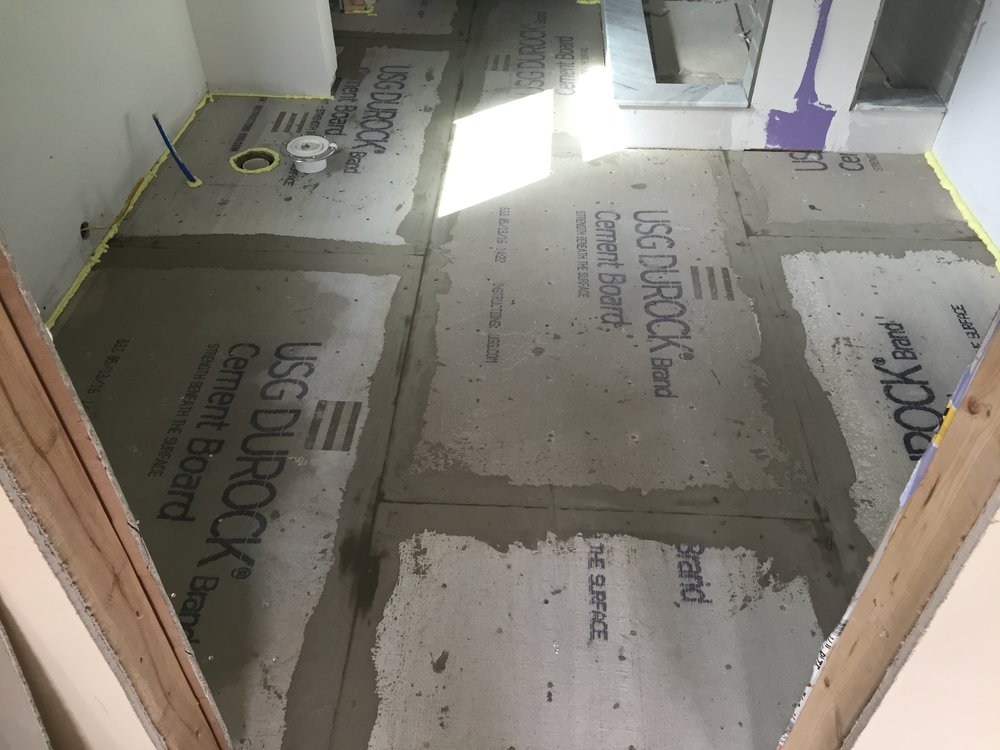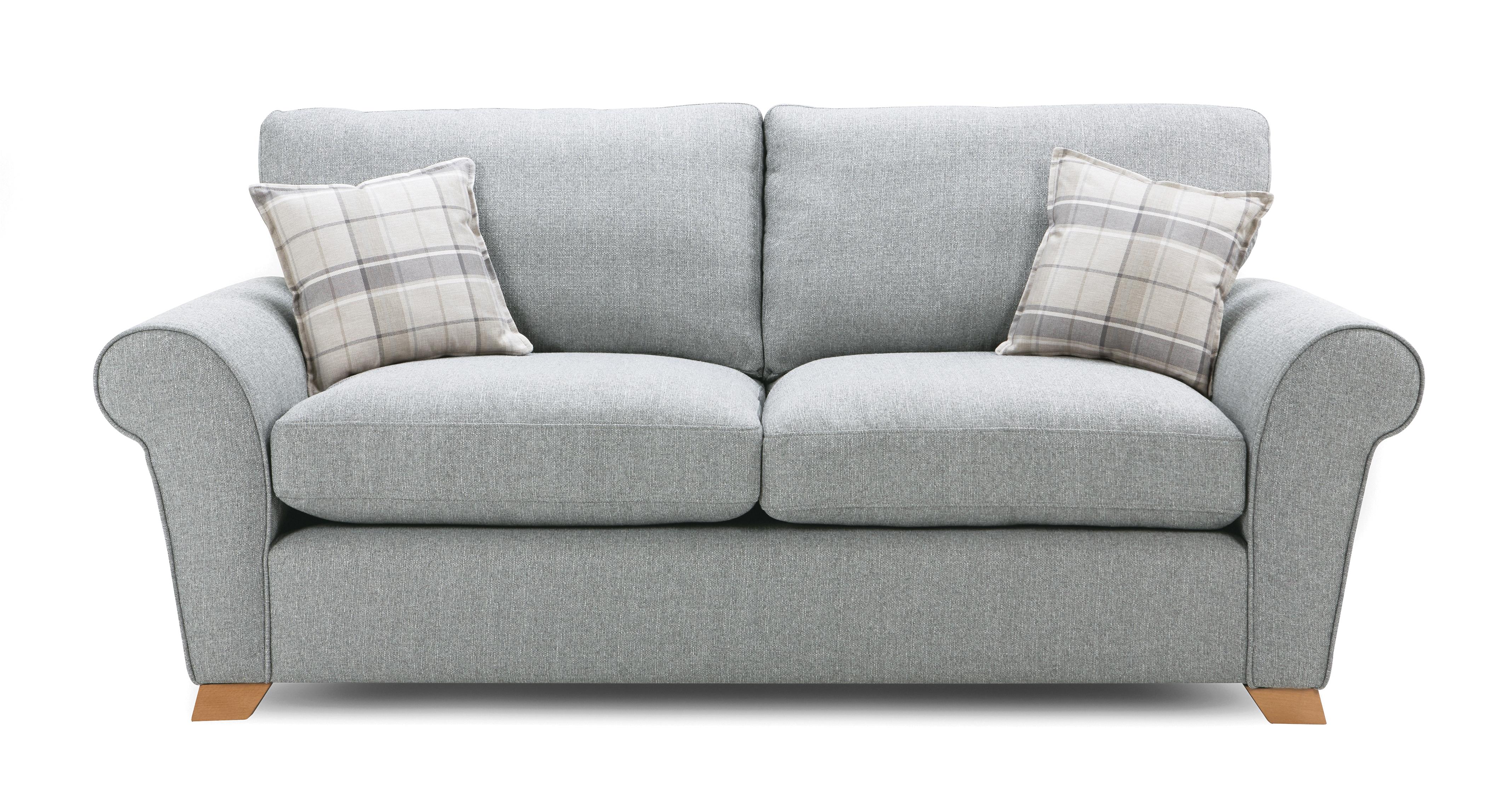How to Install a Cement Board Underlayment for Ceramic Tile
Are you tired of your kitchen floor constantly shifting and making noise under your feet? Or maybe you’re looking to upgrade the look of your kitchen with a new tile floor? Regardless of the reason, installing a cement board underlayment is a crucial step in creating a strong and stable foundation for your tile. Here’s a step-by-step guide on how to install a cement board underlayment for ceramic tile in your kitchen.
How to Install Cement Board on a Floor
Cement board is a type of backer board that is specifically designed for use with tile installations. It is made of cement and reinforced with fiberglass mesh, making it extremely durable and moisture-resistant. Installing cement board on your kitchen floor is essential for preventing any movement or flexing that can cause tiles to crack or grout to loosen over time.
How to Install Cement Board on a Kitchen Floor
Before you begin, make sure to thoroughly clean and prep the subfloor. It should be dry, level, and free of any debris. Start by measuring and marking the center of each wall in your kitchen. Then, using a straightedge, draw a line connecting the marks to create a cross in the center of the room. This will serve as a guide for laying the cement board.
Next, cut the cement board to fit the shape of your kitchen floor using a circular saw or a utility knife. Make sure to wear protective gear while cutting the cement board as it can create a lot of dust. Once you have your pieces cut, lay them over the subfloor, making sure to leave a 1/8 inch gap between the boards to allow for expansion.
Apply a layer of thin-set mortar onto the subfloor using a notched trowel. Make sure to cover the entire surface, then carefully place the cement board on top, pressing it firmly into the mortar. Use screws to secure the cement board to the subfloor, making sure to follow the manufacturer's recommended spacing and placement. Repeat this process until the entire floor is covered with cement board.
How to Install Cement Board for a Kitchen Backsplash
Installing a cement board underlayment is also important for creating a strong and stable surface for your kitchen backsplash. To install cement board for a backsplash, start by measuring and marking the area where the backsplash will be installed. Then, cut the cement board to fit and apply it to the wall using thin-set mortar and screws.
Once the cement board is securely in place, you can then begin to tile over it, creating a beautiful and functional backsplash for your kitchen.
How to Install Cement Board for a Kitchen Countertop
Similar to a backsplash, a kitchen countertop also requires a strong and stable surface for tile installation. To install cement board for a kitchen countertop, follow the same steps as for the floor and backsplash. Make sure to measure and cut the cement board to fit the countertop area, and secure it with screws and thin-set mortar.
Once the cement board is in place, you can then tile over it to create a beautiful and durable kitchen countertop.
How to Install Cement Board for a Kitchen Island
If you have a kitchen island, you’ll want to make sure it has a solid and sturdy base. Installing a cement board underlayment is a great way to achieve this. Start by measuring and cutting the cement board to fit the base of your kitchen island. Then, apply thin-set mortar and secure the cement board with screws. This will provide a strong foundation for your island, ensuring it can withstand the weight and movement of daily use.
How to Install Cement Board for a Kitchen Sink
Installing a cement board underlayment for your kitchen sink is essential for preventing any movement or flexing that can cause the sink to shift or crack over time. To install cement board for a kitchen sink, follow the same steps as for the countertop. Make sure to measure and cut the cement board to fit the area around the sink, and secure it with screws and thin-set mortar.
How to Install Cement Board for a Kitchen Cabinet
Another area in your kitchen that can benefit from a cement board underlayment is the base of your kitchen cabinets. This will provide a level and sturdy surface for your cabinets, ensuring they are properly supported and won't shift or sink over time. To install cement board for a kitchen cabinet, follow the same steps as for the floor. Measure and cut the cement board to fit, and secure it with thin-set mortar and screws.
How to Install Cement Board for a Kitchen Pantry
If you have a kitchen pantry, you may also want to consider installing a cement board underlayment to provide a strong and stable base for your pantry shelves. Simply measure and cut the cement board to fit the area, and secure it with screws and thin-set mortar.
How to Install Cement Board for a Kitchen Floor Repair
Lastly, if you have a damaged or uneven section of your kitchen floor, installing a cement board underlayment can help to level it out and create a stable surface for tile installation. Follow the same steps as for the floor, making sure to properly prep and measure the area before securing the cement board with thin-set mortar and screws.
With these simple steps, you can easily install a cement board underlayment in your kitchen, creating a strong and stable foundation for your tile installations. This will not only make your kitchen more functional and durable but also add a beautiful and stylish touch to your space.
Why Choose Cement Board for Your Kitchen Sink Floor?
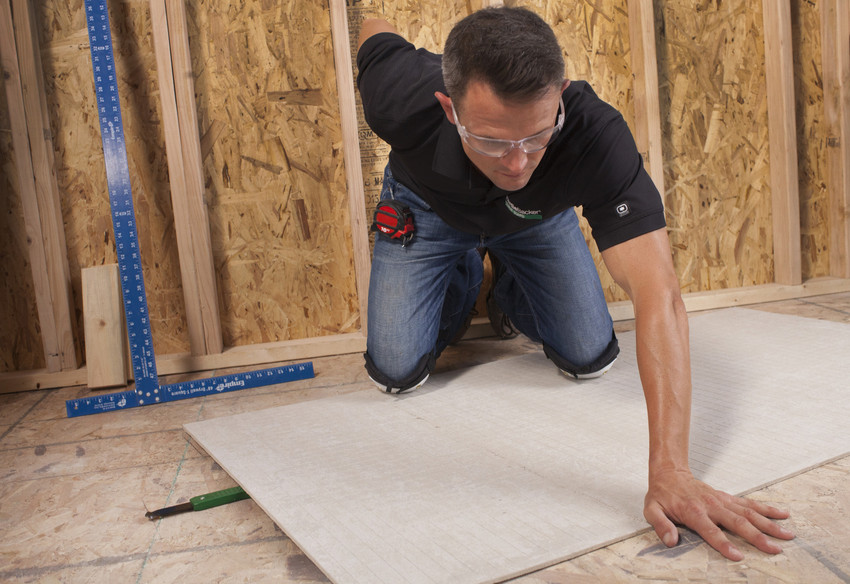
Durability and Water Resistance
:no_upscale()/cdn.vox-cdn.com/uploads/chorus_asset/file/19495086/drain_0.jpg) One of the most important factors to consider when installing a new floor under your kitchen sink is its durability and water resistance. The area under the sink is prone to water spills and leaks, which can cause damage to traditional flooring materials such as wood or laminate.
Cement board
is a strong and durable material that is specifically designed to withstand moisture and water. It won't rot or warp like wood and is resistant to mold and mildew growth, making it the perfect choice for high-moisture areas like the kitchen sink.
One of the most important factors to consider when installing a new floor under your kitchen sink is its durability and water resistance. The area under the sink is prone to water spills and leaks, which can cause damage to traditional flooring materials such as wood or laminate.
Cement board
is a strong and durable material that is specifically designed to withstand moisture and water. It won't rot or warp like wood and is resistant to mold and mildew growth, making it the perfect choice for high-moisture areas like the kitchen sink.
Easy to Install
 Installing a new floor under your kitchen sink may seem like a daunting task, but with
cement board
, it is actually quite simple. The boards are lightweight and easy to cut, making it easy to fit them into any space. They can also be easily screwed or nailed into place, providing a secure and stable base for your new floor. Plus,
cement board
can be installed over existing flooring, saving you time and money on removing the old floor.
Installing a new floor under your kitchen sink may seem like a daunting task, but with
cement board
, it is actually quite simple. The boards are lightweight and easy to cut, making it easy to fit them into any space. They can also be easily screwed or nailed into place, providing a secure and stable base for your new floor. Plus,
cement board
can be installed over existing flooring, saving you time and money on removing the old floor.
Perfect for Tiling
 If you're planning on tiling your kitchen sink floor,
cement board
is the ideal material to use. Its smooth and flat surface provides a perfect base for tiles, ensuring a professional and polished finish. Additionally, since
cement board
is water-resistant, it helps to prevent any moisture from seeping through and damaging your tiles. This makes it a long-lasting and low-maintenance option for your kitchen sink floor.
If you're planning on tiling your kitchen sink floor,
cement board
is the ideal material to use. Its smooth and flat surface provides a perfect base for tiles, ensuring a professional and polished finish. Additionally, since
cement board
is water-resistant, it helps to prevent any moisture from seeping through and damaging your tiles. This makes it a long-lasting and low-maintenance option for your kitchen sink floor.
Cost-Effective
 When it comes to installing a new floor, cost is always a consideration.
Cement board
is a cost-effective option compared to other flooring materials, such as natural stone or ceramic tiles. Not only is the material itself affordable, but its easy installation process also helps to save on labor costs. In the long run, its durability and low maintenance requirements make it a cost-effective choice for your kitchen sink floor.
When it comes to installing a new floor, cost is always a consideration.
Cement board
is a cost-effective option compared to other flooring materials, such as natural stone or ceramic tiles. Not only is the material itself affordable, but its easy installation process also helps to save on labor costs. In the long run, its durability and low maintenance requirements make it a cost-effective choice for your kitchen sink floor.
Conclusion
 In conclusion, when it comes to installing a new floor under your kitchen sink,
cement board
is the way to go. Its durability, water resistance, ease of installation, perfect for tiling, and cost-effectiveness make it the ideal material for this high-moisture area. So, if you're looking to give your kitchen a fresh and functional update, consider using
cement board
for your sink floor and enjoy its benefits for years to come.
In conclusion, when it comes to installing a new floor under your kitchen sink,
cement board
is the way to go. Its durability, water resistance, ease of installation, perfect for tiling, and cost-effectiveness make it the ideal material for this high-moisture area. So, if you're looking to give your kitchen a fresh and functional update, consider using
cement board
for your sink floor and enjoy its benefits for years to come.
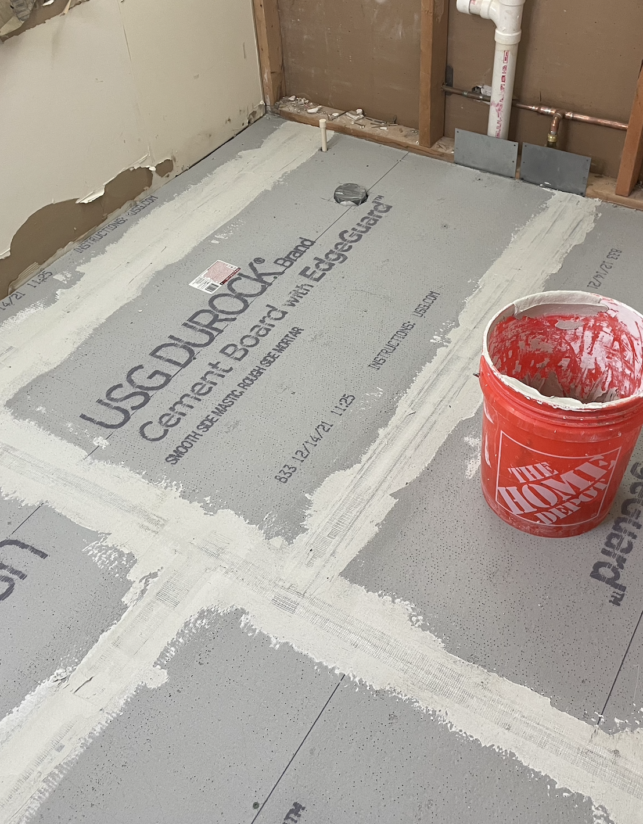
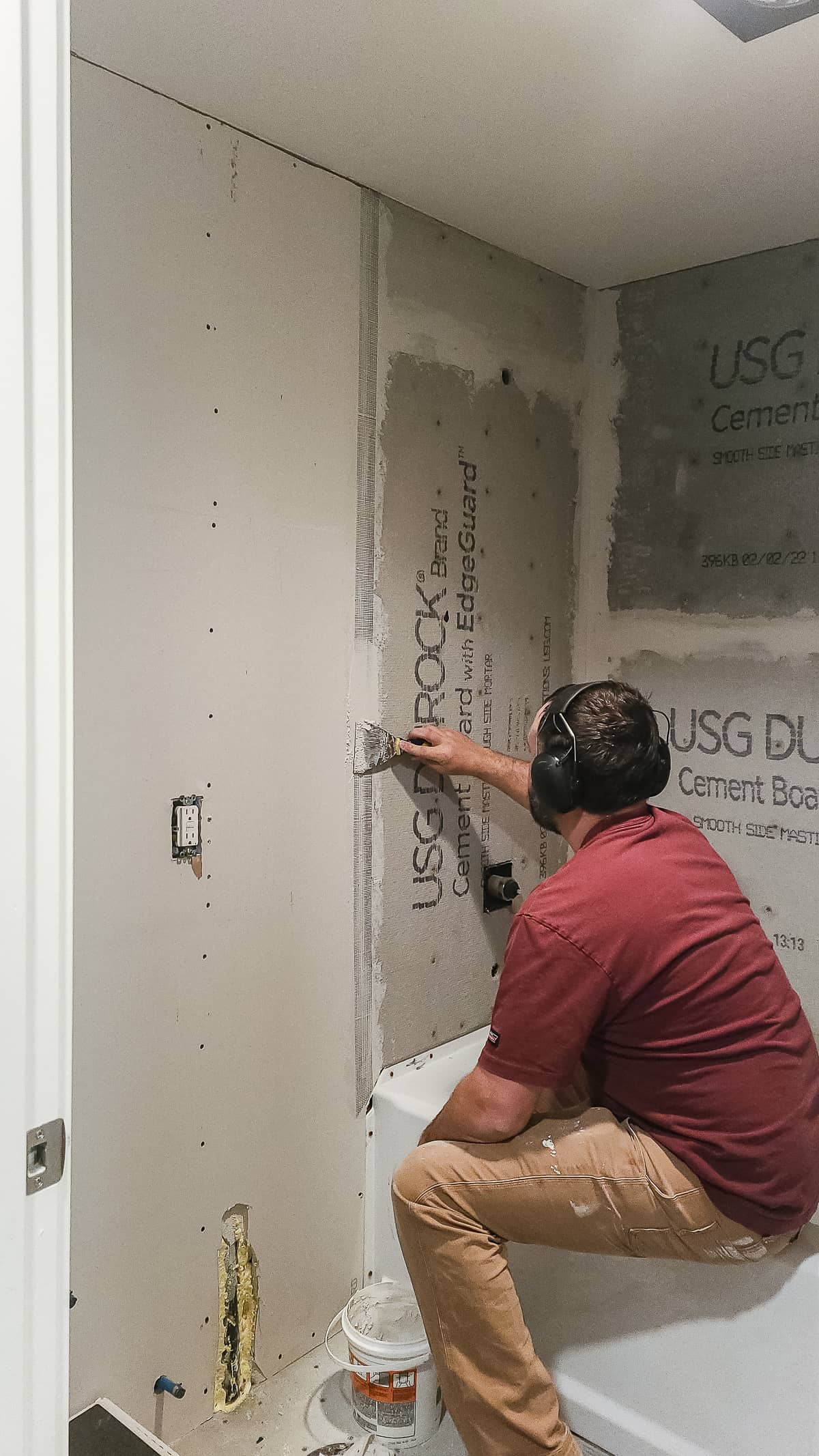

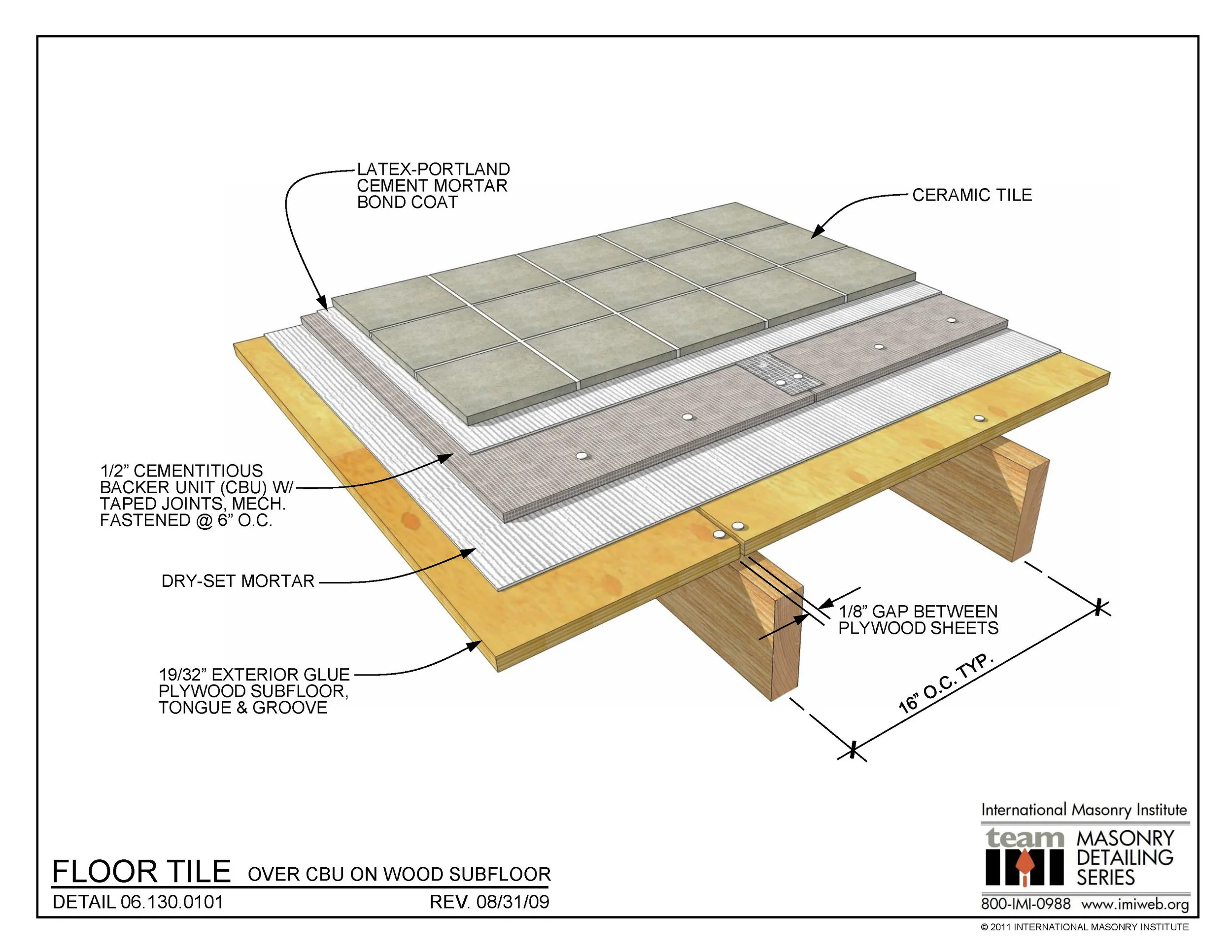

:max_bytes(150000):strip_icc()/can-you-install-tile-directly-on-concrete-1822600-04-458f7bb6c78348c1835cf8054ef36553.jpg)

:max_bytes(150000):strip_icc()/cement-backer-board-1821658-05-65c72c46c85b4857b2fba52388fb51ff.jpg)

:max_bytes(150000):strip_icc()/Cement_Board-5c1935fec9e77c0001221a43.jpg)


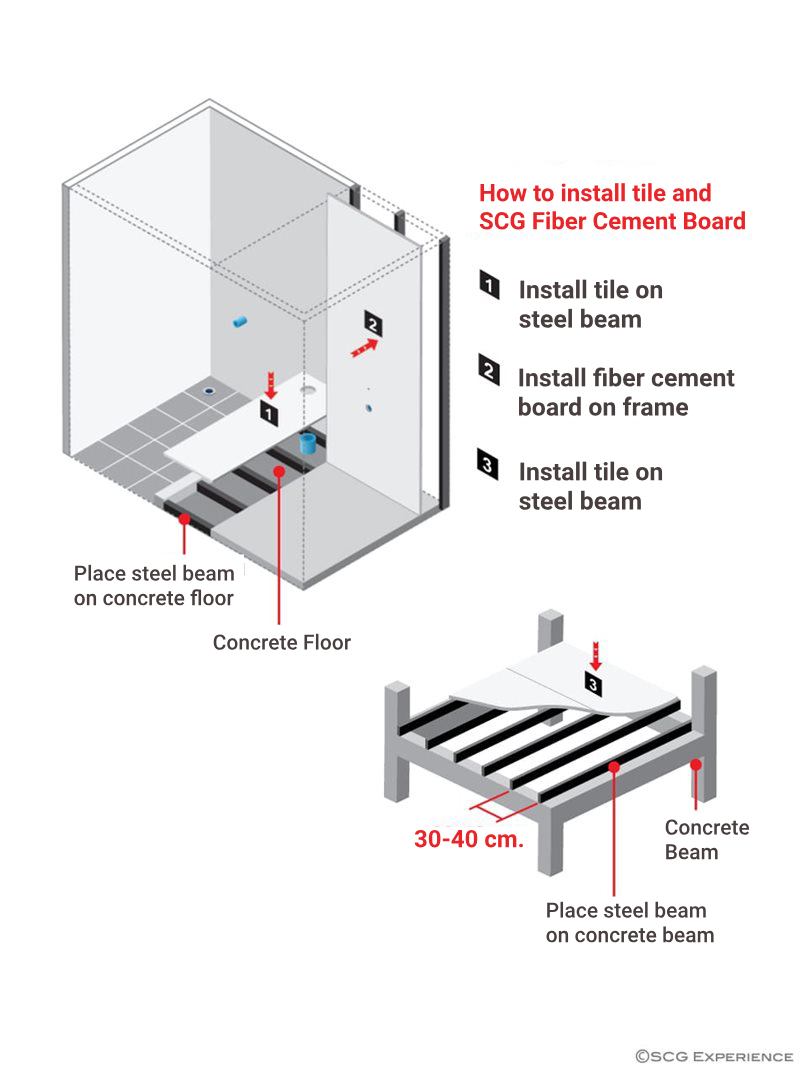
:max_bytes(150000):strip_icc()/how-to-install-cement-backer-board-1821390-07-f4304b741af2478aa36be329e2d9f92e.jpg)
:max_bytes(150000):strip_icc()/bricklayer-applying-wet-cement-on-floor-647334753-581932c45f9b581c0bb79769.jpg)





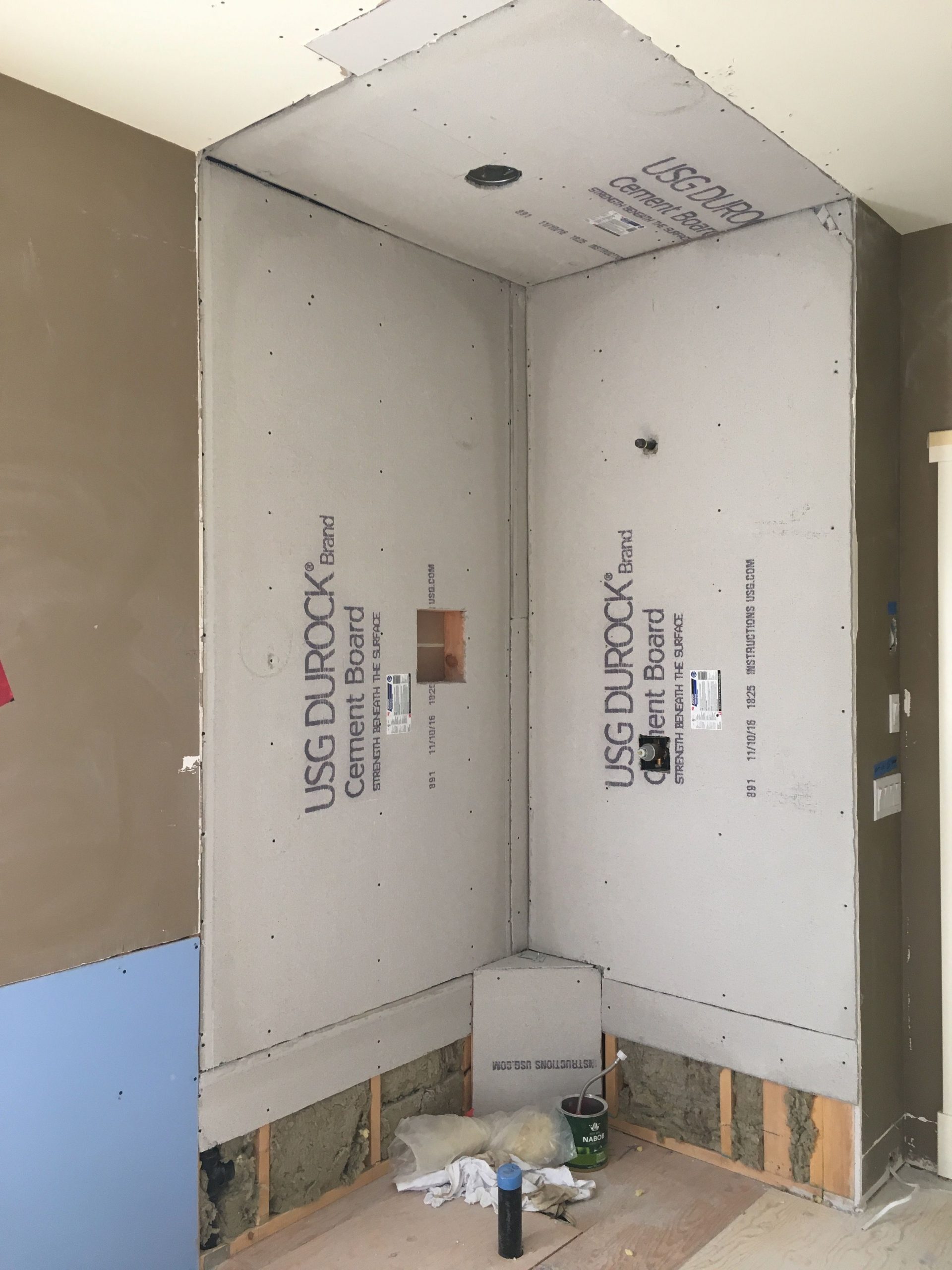



:max_bytes(150000):strip_icc()/how-to-install-cement-backer-board-1821390-02-780b77d1588c4da6b0645731f5d6adcf.jpg)

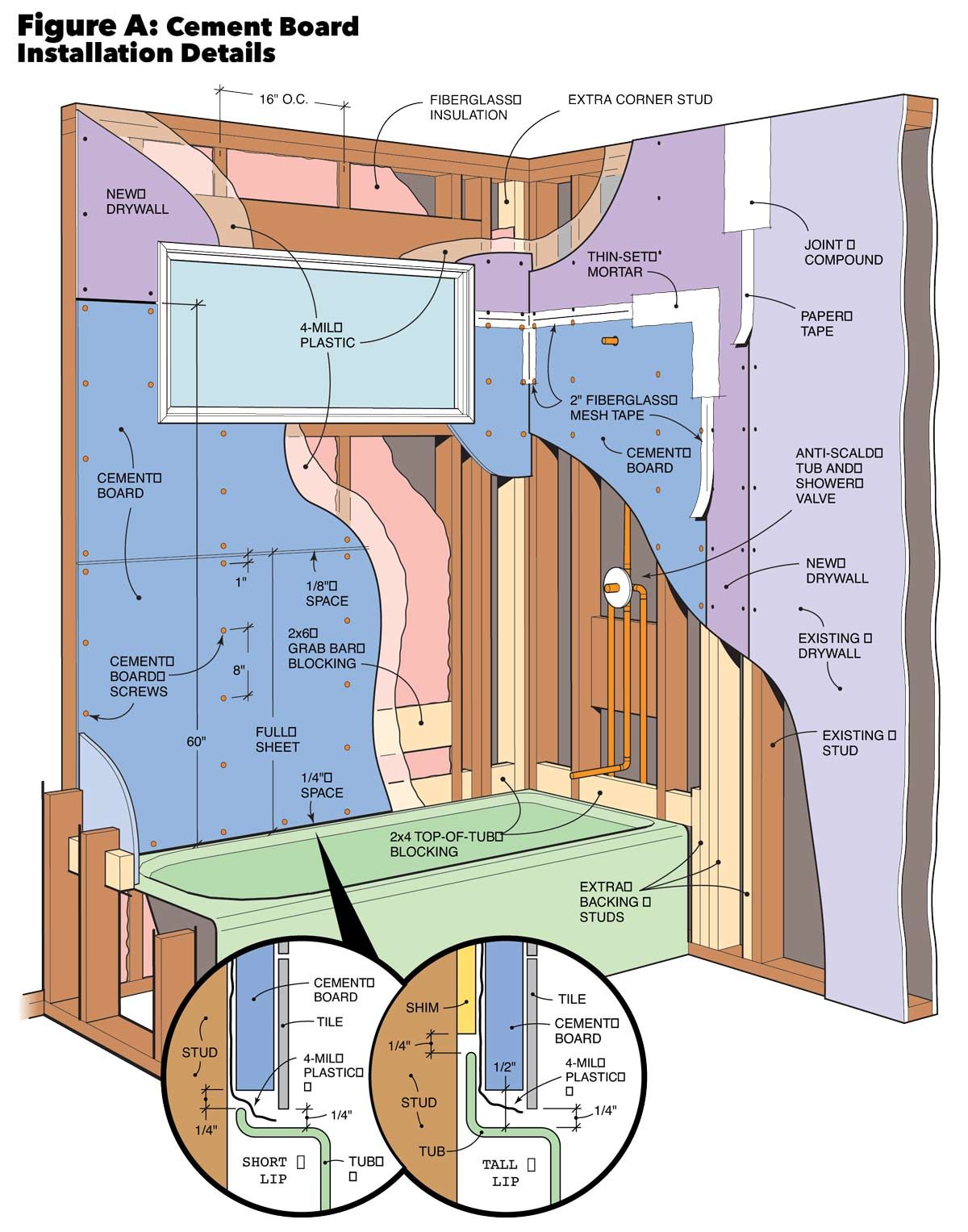
:max_bytes(150000):strip_icc()/how-to-install-cement-backer-board-1821390-02-780b77d1588c4da6b0645731f5d6adcf.jpg)


